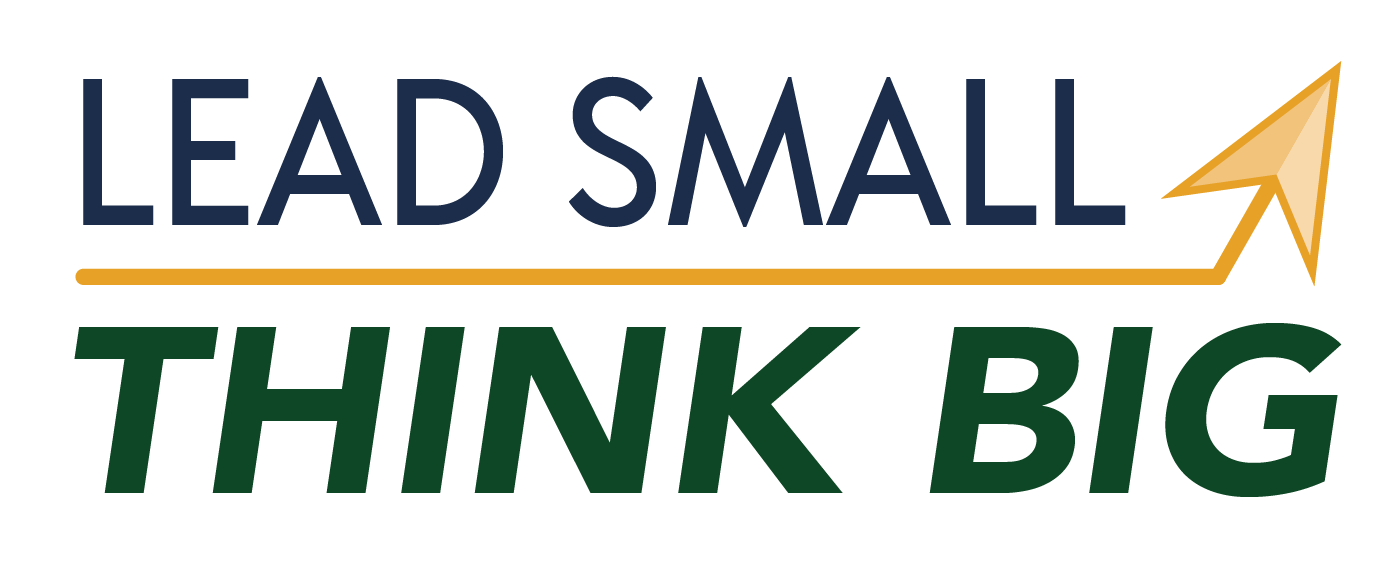
What Is Servant Leadership and Why Does It Matter?
You’re a small organization leader, and chances are you’re reading this because you’re facing a leadership challenge. I get it—through my years running a small business, I rarely thought about leadership theory until I enrolled in a college course on leadership development. That course introduced me to something I’d unknowingly been doing for years: servant leadership.
Despite leading businesses for over two decades, that was the first time I’d encountered the concept. If you’re like me, let me explain what it is. Servant leadership is all about putting your employees first. The term was coined in 1970 by Robert K. Greenleaf, who noticed that the best leaders weren’t those who relied on authority, but those who led through empathy, service, and influence.¹
The Link Between Employee Performance and Servant Leadership
When applied well, servant leadership is incredibly effective—especially when your team is capable and culturally aligned. In my experience, strong performance depends on three things: abilities, motivation, and resources.²
When you lead from a servant mindset, you make sure employees have:
- Abilities through training and support,
- Motivation through empathy and trust, and
- Resources through your leadership and decision-making power.
I’ve seen this approach work again and again, even in teams I didn’t directly manage. That’s how powerful it can be.
But here’s the hard truth: being a servant leader is tough. It takes emotional energy. It requires consistently thinking of others. And this mindset shift isn’t something you can simply absorb in a leadership workshop.
How Mindfulness Strengthens Leadership Skills
That’s where mindfulness comes in. Recent research shows that practicing mindfulness can enhance your empathy, resilience, and self-awareness—traits central to servant leadership.¹
Now before you picture yourself meditating in silence on a mountaintop, let me clarify: mindfulness doesn’t require you to become a monk. At its core, mindfulness is simply being present without judgment.
A basic example? Sit still, notice your breath and surroundings, and observe your thoughts and feelings without labeling them as good or bad.
This same nonjudgmental awareness can be applied to how you interact with your team. By observing your assumptions and withholding judgment, you create space for acceptance, empathy, and connection—foundational qualities of a servant leader.
Practical Ways to Build Mindfulness as a Leader
There are countless resources on mindfulness, but one I recommend specifically for leaders is Seven Practices of a Mindful Leader by Marc Lesser. It offers practical insights into how mindfulness can strengthen leadership in real-world settings.
Beyond leadership benefits, mindfulness also helps reduce stress and improve well-being. And when you’re leading others, your mental clarity and emotional stability matter just as much as your strategy.
So if you want to lead by serving others, start by serving yourself—with a little mindfulness.
Key Points
- Servant leadership means putting employees first through empathy and support.
- Mindfulness helps develop core servant leadership traits like awareness and balance.
- Servant leadership can be emotionally taxing without internal tools like mindfulness.
- Mindfulness builds stronger leader-employee relationships through nonjudgmental awareness.
Sources:
- Urrila, L., & Eva, N. (2024). Developing oneself to serve others? Servant leadership practices of mindfulness-trained leaders. Journal of Business Research, 183. https://doi-org.northernkentuckyuniversity.idm.oclc.org/10.1016/j.jbusres.2024.114858
- Lussier, R. N. (2022). Human Relations in Organizations: Applications and Skill Building (12th ed.). McGraw-Hill Education.
AI was used for refinement and image generation.



